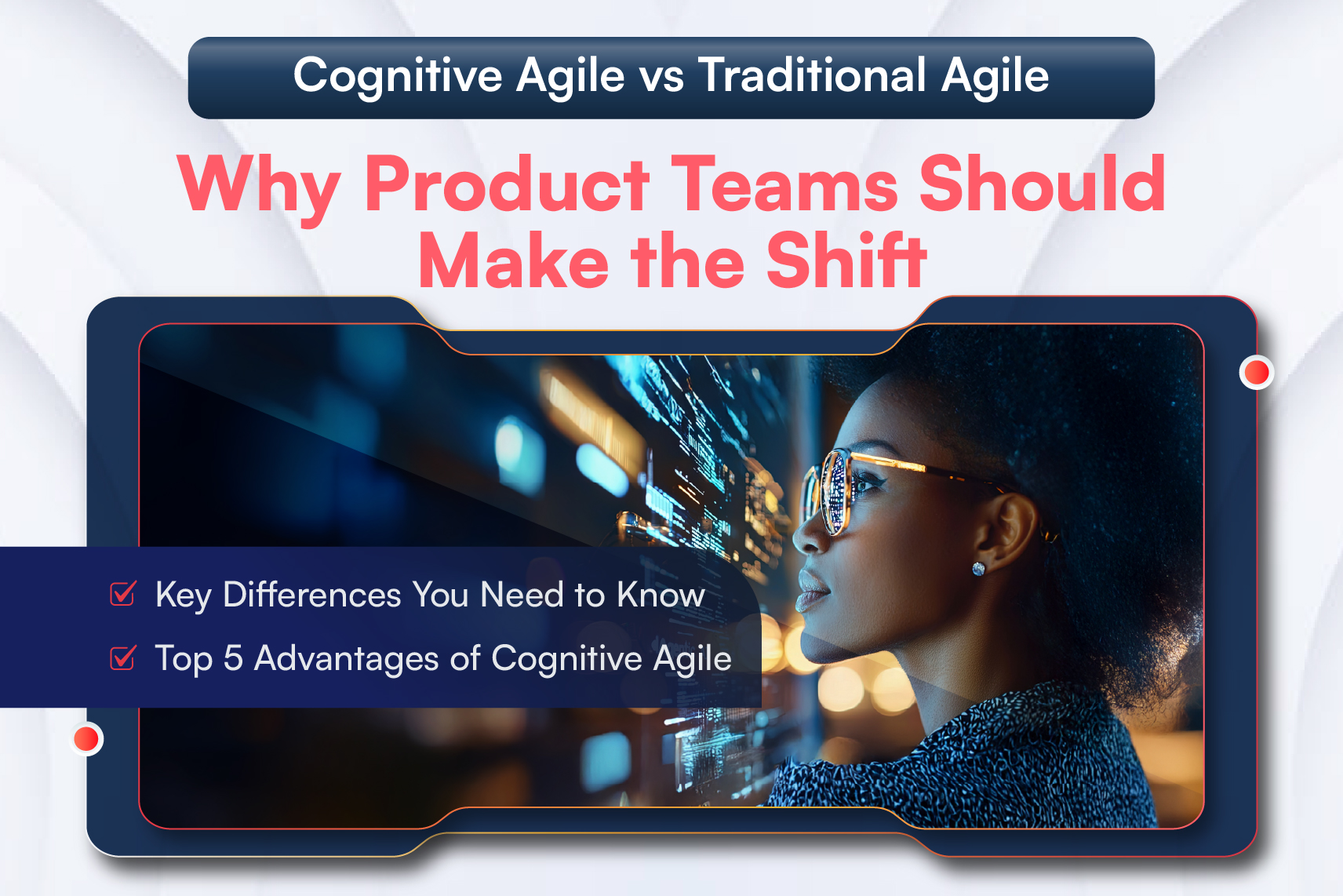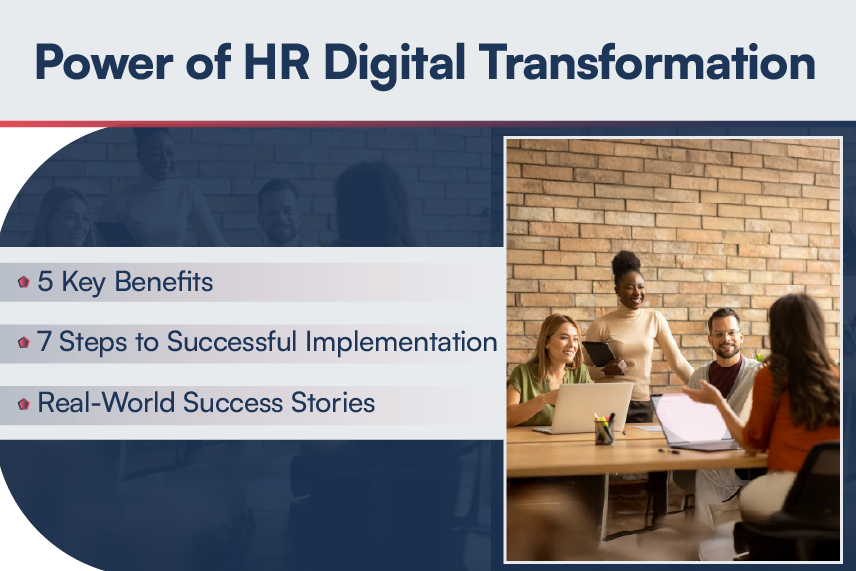Augmented Reality – sounds like a fantasy? Not really. It is in fact one of the most stimulating technologies around that has been creating a buzz in the learning and education sphere for a while. Over the past two decades, Augmented Reality (AR) has changed the way people learn by putting real world context to digital learning.
Put simply, AR blends the real world with the virtual elements to create an amazing learning experience for users. It enhances the physical learning environment with digital information, using various apps and devices. The digital information can be in the form of text, audio, video, 2-Dimensional and 3-Dimensional graphics and animations. The real time interaction of users with the virtual elements and the real world brings abstract concepts to life and stimulates greater understanding.
AR is adaptable to constructivist theory which believes that humans construct their own knowledge, through experiencing things and reflecting on those experiences. This theory promotes active and exploratory learning where learners take control of their own learning. With AR, learners can manipulate and control augmented environment in real time which is connected to real world. AR can thus bridge the gap between theory and practice in a safe environment.
Few use cases of AR for training:
- Ideal for healthcare training e.g. human anatomy, performing a surgery etc.
- Useful in industrial training of procedural tasks e.g. maintenance, repair and assembly of any equipment
- Assisting in situations (just-in-time) or when people do not have much time in hand to access information e.g. firefighting and military trainings
- Excellent resource as Job Aid and Performance Support
- Presenting multi-dimensional models and exploratory information of products/objects.
- Addition of three dimensional interactive multimedia to make any textbook or manual come alive
Interesting examples that show how AR can be creatively used in various contexts:
This is a video of an AR show run at the National Geographic exhibit in Rotterdam. The visitors are amazed to see themselves with astronauts, dinosaurs, rainstorms or lightening.
This is an AR training demonstration that illustrates how AR can be used for self-guided training. Trainees are allowed hands-on opportunities to learn how to maintain a pump on their own.
This video shows how AR technology can be used in schools to augment classrooms, text books and lessons – bridging the physical world with the virtual.
This AR demo shows how real world objects can be recognized with AR and how product specifications and usage instructions can be effectively communicated to users in real time.
This is an example of AR in healthcare training where trainees can practice diagnosing and treating patients in a risk-free environment.
To conclude, AR technology has opened a window of exciting opportunities to make the learning experience highly engaging and interactive for users. Gartner says Augmented Reality will become an important workplace tool. It has the potential to improve productivity, provide hands-on experience, simplify current processes, increase available information, provide real-time access to data, offer new ways to visualize problems and solutions, and enhance collaboration.
The purpose of this blog was to provide a brief introduction and use cases of AR. In my next blog, I will write about how my team at Harbinger Interactive Learning used AR innovatively to create an interactive brochure for conferences. Stay tuned to experience this interesting brochure.






